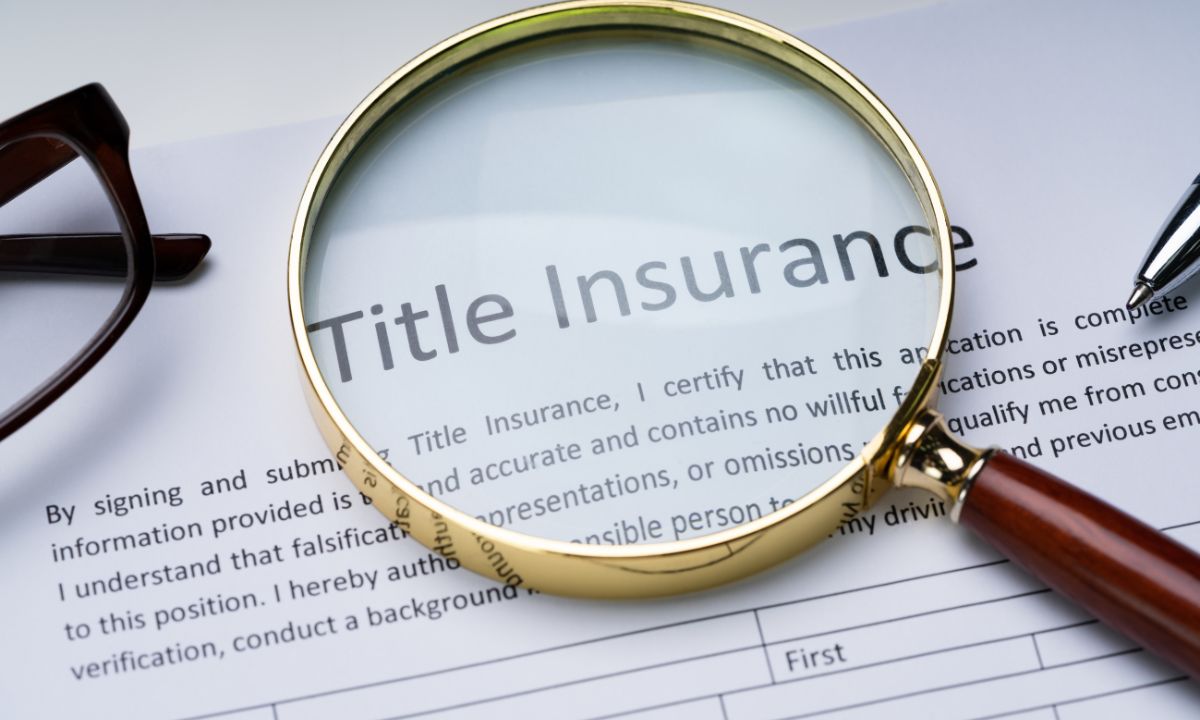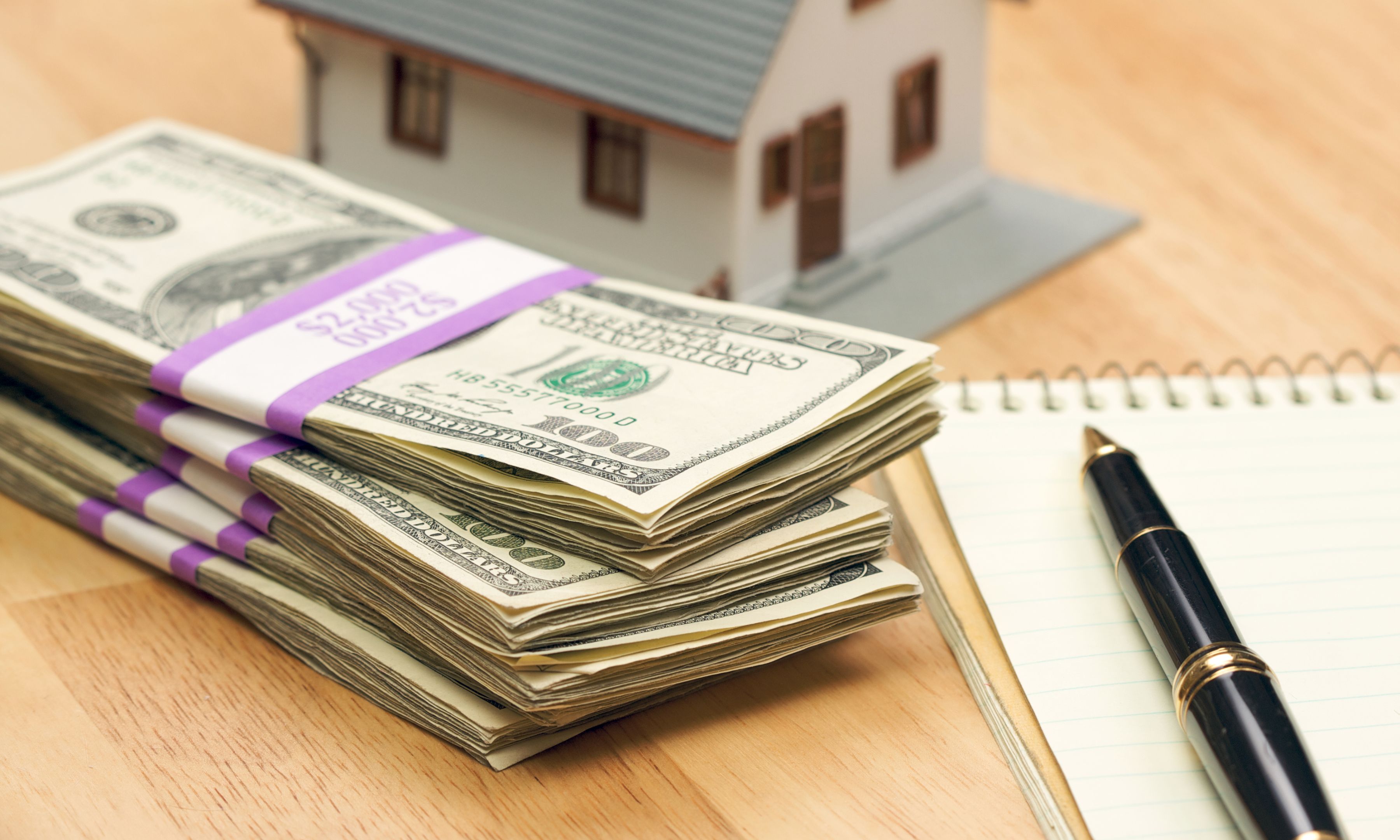 When it comes to buying a home, one of the biggest decisions is whether to save up for a 20% down payment or opt for mortgage insurance. While a 20% down payment has traditionally been the gold standard, mortgage insurance is becoming an increasingly viable option for many buyers. Here’s a closer look at both paths to help you determine which is right for you.
When it comes to buying a home, one of the biggest decisions is whether to save up for a 20% down payment or opt for mortgage insurance. While a 20% down payment has traditionally been the gold standard, mortgage insurance is becoming an increasingly viable option for many buyers. Here’s a closer look at both paths to help you determine which is right for you.
The 20% Down Payment: Stability and Long-Term Savings
A 20% down payment has long been viewed as a smart financial move, and for good reason. Here’s why it continues to be a popular option:
- Instant Equity: By putting down 20%, you immediately build equity in your home and may qualify for lower interest rates, saving you money over the life of the loan.
- No Mortgage Insurance: Avoiding private mortgage insurance (PMI) can keep your monthly payments lower, as PMI typically adds an extra fee to your mortgage payment.
- Financial Security: A larger down payment often means more stable monthly payments, which can provide peace of mind for homeowners.
However, the main drawback is the large upfront cost. Saving up 20% of a home’s value can be challenging, particularly in today’s housing market.
Mortgage Insurance: Lower Upfront Costs, Greater Accessibility
Mortgage insurance offers an alternative for buyers who can’t afford a 20% down payment, helping more people achieve homeownership with as little as 3.5% down for an FHA loan or 5% for a conventional loan. Here’s why it appeals to many buyers:
- Lower Upfront Barrier: Mortgage insurance allows you to buy a home with a much smaller down payment, making it easier to enter the market without waiting years to save 20%.
- Broader Access to Loans: With mortgage insurance, more first-time buyers and families can afford a home, especially those with limited savings.
- Temporary Expense: PMI can be removed once you’ve built enough equity in your home, either through paying down your mortgage or as your home appreciates in value.
However, the extra monthly cost of mortgage insurance can strain your budget, and it could take years before you’re able to drop PMI altogether.
Choosing the Right Path: Key Considerations
To decide between a 20% down payment and mortgage insurance, consider these factors:
- Assess Your Financial Situation: Review your savings, credit score, and monthly budget to see how much you can comfortably afford for a down payment.
- Explore Loan Options: Compare FHA, conventional, and VA loans, as each has different requirements and costs that could influence your decision.
- Compare Costs: Use online calculators or talk to a mortgage advisor to see how the monthly costs of both options stack up based on your financial picture.
- Think Long-Term: Consider how long you plan to stay in your home. If you expect to live there for many years, it might make sense to pay PMI now and remove it later as home values rise.
For many buyers, paying mortgage insurance and getting into a home sooner can be a smarter move. Home appreciation can outpace savings rates, meaning that buying now, even with PMI, could help you build equity faster than waiting to save for a 20% down payment.
 Filing for bankruptcy can make your dream of homeownership feel distant, but it doesn’t have to be the end of the journey. While there are challenges, understanding how bankruptcy impacts your finances and planning strategically can set you on the right path. Here’s a step-by-step guide to buying a home after bankruptcy.
Filing for bankruptcy can make your dream of homeownership feel distant, but it doesn’t have to be the end of the journey. While there are challenges, understanding how bankruptcy impacts your finances and planning strategically can set you on the right path. Here’s a step-by-step guide to buying a home after bankruptcy. When buying a home, there are many expenses to think about, title insurance might seem like just another one on the list. Conversely, this investment is important and can save you a lot of stress and money in the long run. Here’s why the cost of title insurance is well worth it.
When buying a home, there are many expenses to think about, title insurance might seem like just another one on the list. Conversely, this investment is important and can save you a lot of stress and money in the long run. Here’s why the cost of title insurance is well worth it. When you’re searching for a home, knowing the state of the local market is essential. Whether it’s a buyer’s or seller’s market can influence everything from price negotiations to how quickly homes sell. So, how can you tell if your dream neighborhood is favoring buyers? Here are some useful tips to help you gauge the market:
When you’re searching for a home, knowing the state of the local market is essential. Whether it’s a buyer’s or seller’s market can influence everything from price negotiations to how quickly homes sell. So, how can you tell if your dream neighborhood is favoring buyers? Here are some useful tips to help you gauge the market: With the release of the PCE Index data, we are seeing the trend hold as inflation continues to slow down. This gives the Federal Reserve room to continue its rate cuts in the future. Following the positive news for inflation data, the GDP has also seen a larger-than-expected growth of 3% this quarter. The only data running against the tide is the Consumer Confidence reports, which reported to show that consumers are at their most anxious since 2021. We should expect a greater impact on the lending and broader markets ahead of the elections.
With the release of the PCE Index data, we are seeing the trend hold as inflation continues to slow down. This gives the Federal Reserve room to continue its rate cuts in the future. Following the positive news for inflation data, the GDP has also seen a larger-than-expected growth of 3% this quarter. The only data running against the tide is the Consumer Confidence reports, which reported to show that consumers are at their most anxious since 2021. We should expect a greater impact on the lending and broader markets ahead of the elections. Renting a home is a good option for some, but buying a home just might be the best thing for you. When you rent a home, you send money to someone else every month in exchange for knowing that you can call on your landlord when the roof leaks, an appliance stops working or your bathroom faucet breaks.
Renting a home is a good option for some, but buying a home just might be the best thing for you. When you rent a home, you send money to someone else every month in exchange for knowing that you can call on your landlord when the roof leaks, an appliance stops working or your bathroom faucet breaks. If you’re gearing up to dive into the world of real estate, there are a few key terms you’ll want to wrap your head around before taking the plunge. Today, we’re demystifying APR and interest rate, two crucial concepts that can impact your home-buying journey. Don’t worry, I’ll break it down in simple terms so you can confidently navigate the process like a pro.
If you’re gearing up to dive into the world of real estate, there are a few key terms you’ll want to wrap your head around before taking the plunge. Today, we’re demystifying APR and interest rate, two crucial concepts that can impact your home-buying journey. Don’t worry, I’ll break it down in simple terms so you can confidently navigate the process like a pro. If you plan on retiring soon, you are probably looking at a few options that can get you over the hump. You are probably excited to start a new phase of life. With a record number of people closing in on their retirement age, many are starting to assess their resources to make sure they have enough money to last them for the rest of their lives. If you already own a home, you might be able to tap into your home equity to help you fuel your retirement.
If you plan on retiring soon, you are probably looking at a few options that can get you over the hump. You are probably excited to start a new phase of life. With a record number of people closing in on their retirement age, many are starting to assess their resources to make sure they have enough money to last them for the rest of their lives. If you already own a home, you might be able to tap into your home equity to help you fuel your retirement. When considering the journey of purchasing a new home, one of the fundamental decisions you’ll encounter revolves around determining the appropriate amount of money to allocate for your down payment. It’s a decision-making process that involves weighing the benefits of opting for a larger down payment against the potential advantages of utilizing some of those funds to purchase “discount points,” thereby reducing your interest rate. Each option carries its own set of merits and demerits, and the optimal choice for you hinges on a careful examination of your unique financial circumstances and objectives.
When considering the journey of purchasing a new home, one of the fundamental decisions you’ll encounter revolves around determining the appropriate amount of money to allocate for your down payment. It’s a decision-making process that involves weighing the benefits of opting for a larger down payment against the potential advantages of utilizing some of those funds to purchase “discount points,” thereby reducing your interest rate. Each option carries its own set of merits and demerits, and the optimal choice for you hinges on a careful examination of your unique financial circumstances and objectives. The long-awaited week has come and within expectations, the Federal Reserve has decided to reduce interest rates for central banks by 50 basis points. This is the bigger of the two options for a rate cut, with the lesser being 25 basis points. The impact of this cannot be understated as this gives an official nod that the economy is in a good spot and inflation is under control, according to the Federal Reserve’s outlook on the data. The only black mark on the week of releases is the U.S. Leading Economic Indicators showing the economy has been in a slower trend for the past 6 months. The Federal Reserve, despite the rate cut, has continued to remain hard in its stance about not cutting rates too quickly. This will likely depend on future data.
The long-awaited week has come and within expectations, the Federal Reserve has decided to reduce interest rates for central banks by 50 basis points. This is the bigger of the two options for a rate cut, with the lesser being 25 basis points. The impact of this cannot be understated as this gives an official nod that the economy is in a good spot and inflation is under control, according to the Federal Reserve’s outlook on the data. The only black mark on the week of releases is the U.S. Leading Economic Indicators showing the economy has been in a slower trend for the past 6 months. The Federal Reserve, despite the rate cut, has continued to remain hard in its stance about not cutting rates too quickly. This will likely depend on future data.